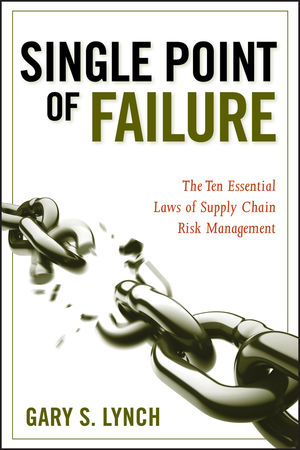Single Point of Failure: The 10 Essential Laws of Supply Chain Risk ManagementISBN: 978-0-470-42496-4
Hardcover
320 pages
November 2009
 This is a Print-on-Demand title. It will be printed specifically to fill your order. Please allow an additional 15-20 days delivery time. The book is not returnable.
|
||||||
Single Point of Failure: The 10 Essential Laws of Supply Chain Risk Management uses analogies and dozens of case histories to describe the risk parasite that infects all supply chains while revealing methods to neutralize that parasite. The book addresses the questions: What are the "single points of failure"? How exposed are customers, investors, other stakeholders and ultimately the organization? What is the measurable impact (i.e. brand, financial, strategic, and non-compliance)? Who establishes the "risk paradigm"? How does the organization efficiently and effectively allocate precious resources - time, people, management attention, and capital? How is success measured? This book is both technically powerful and effectively realistic, based on today's complex global economy.



